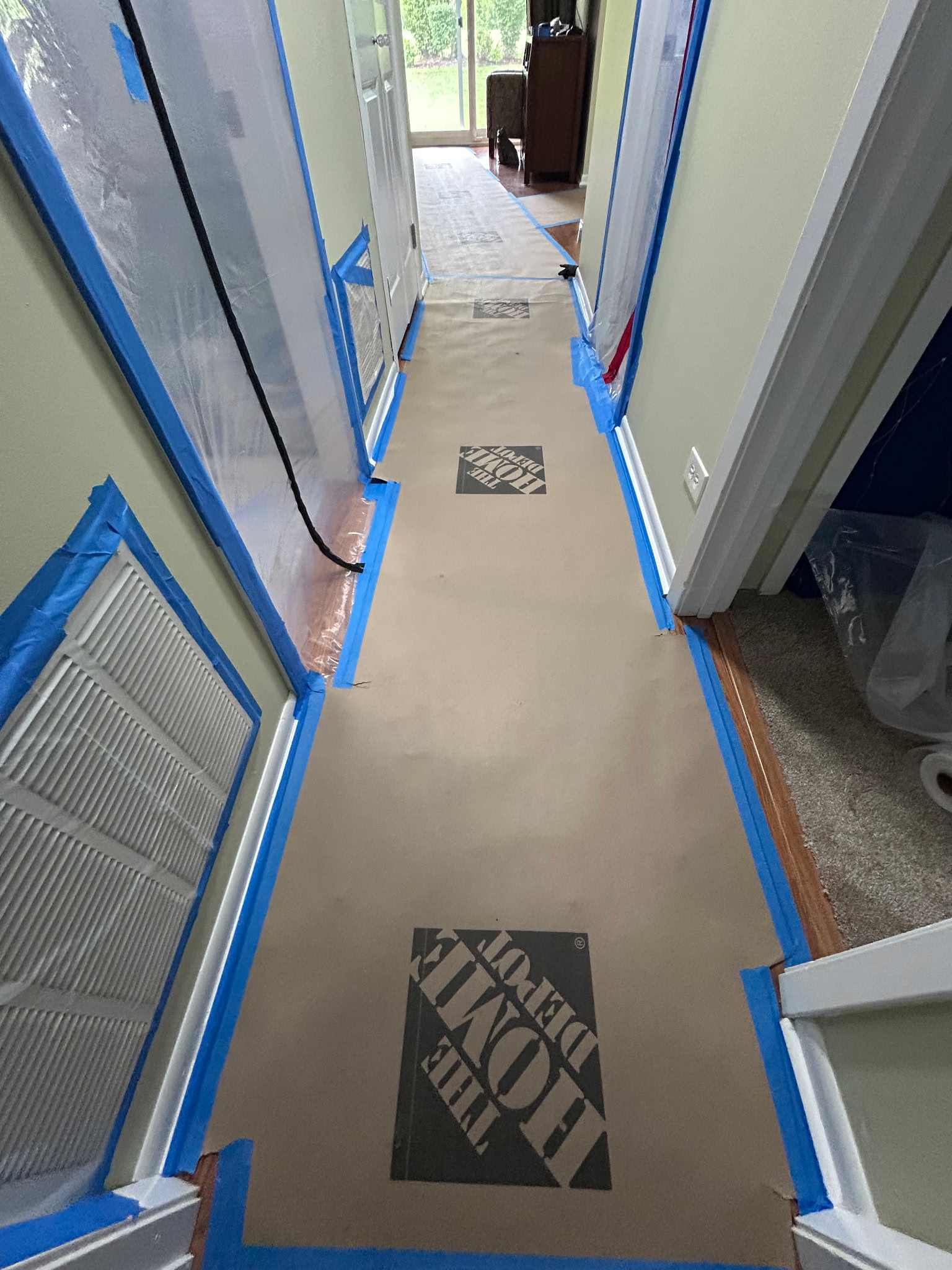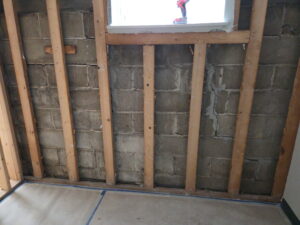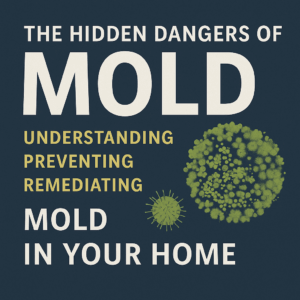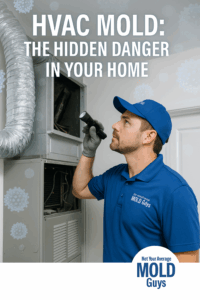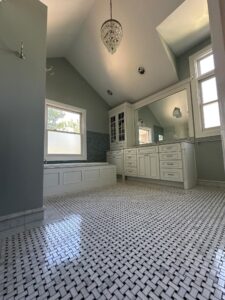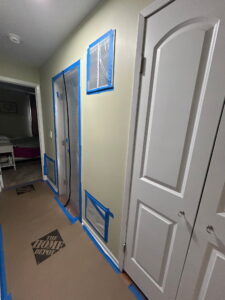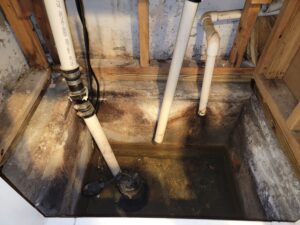Introduction
You may think mold only grows in damp corners or forgotten basements—but did you know your HVAC system could be the hidden culprit behind mold spreading through your entire home?
As mold remediation specialists, the team at Not Your Average Mold Guys has seen firsthand how often mold contamination starts (and hides) inside heating, ventilation, and air conditioning systems. If your vents smell musty, your allergies are worse indoors, or your air feels “heavy,” your HVAC system might be cycling mold spores throughout your living space.
In this blog, we’ll break down how HVAC systems contribute to mold growth, the warning signs, the health risks, and—most importantly—what you can do to protect your family, your property, and your air quality.
Why Mold Loves Your HVAC System
Mold thrives in moist, dark, and undisturbed environments. Unfortunately, your air ducts and HVAC components provide the perfect conditions—especially when:
-
Condensation builds up inside ductwork
-
Filters go unchanged for long periods
-
The system is rarely cleaned or inspected
-
High humidity is present in your home
The result? Mold spores settle, grow, and then get blown through your vents, contaminating every room in your house.
Common HVAC Mold Hotspots
Knowing where mold typically grows inside HVAC systems helps us detect and prevent it faster.
Most Common Areas for Mold Growth:
-
Air Ducts – Dust + humidity = prime mold real estate
-
Evaporator Coils – Condensation from cooling builds up
-
Drip Pans – If clogged or tilted, standing water can foster mold
-
Air Filters – Dirty filters trap spores and allow them to colonize
-
Supply and Return Vents – Especially near bathrooms, basements, or kitchens
If left unchecked, a small patch of mold in one duct can turn into a full-blown contamination of your home’s air circulation system.
How Mold Travels Through Your HVAC System
Air conditioning and forced air systems are designed to move air, but when that air carries microscopic mold spores, your HVAC system becomes a mold distribution network.
The Process:
-
Spores enter the system through return vents or outdoor air intake
-
Moisture in coils or ducts allows mold to grow
-
As air cycles, spores detach and get blown out through supply vents
-
These spores settle on walls, furniture, and in lungs
Without proper cleaning, the same spores keep cycling—leading to worsening symptoms and expanding contamination.
Warning Signs of Mold in Your HVAC System
Not all mold is visible. But if your HVAC system is spreading it, the symptoms can start to add up.
Signs to Watch For:
-
Musty or earthy odor when the AC or heat turns on
-
Worsening asthma, allergies, or respiratory issues indoors
-
Visible mold growth around vents or registers
-
Black or green dust on air filters
-
Moisture or water pooling near HVAC equipment
-
Frequent headaches, fatigue, or sinus problems at home
If you’re noticing any of these and can’t find the source, it may be time for a professional HVAC mold inspection.
Health Risks from HVAC Mold Exposure
HVAC mold exposure can affect everyone, but it’s especially dangerous for:
-
Children and infants
-
Seniors
-
People with asthma or respiratory illness
-
Immunocompromised individuals
Health Effects Can Include:
-
Chronic coughing, sneezing, or congestion
-
Skin rashes or irritation
-
Headaches and dizziness
-
Worsening of asthma or allergic reactions
-
Long-term respiratory damage in extreme cases
The longer the exposure, the higher the risk—especially when the source is constantly recirculating throughout your home.
How Not Your Average Mold Guys Solve the Problem
At Not Your Average Mold Guys, we go beyond surface-level cleanups. Our HVAC mold services include:
1. Full HVAC System Inspection
We use moisture meters, borescopes, and air testing to locate mold—even deep inside ductwork.
2. Air Sampling and Spore Testing
We test the air coming from your vents to identify mold species and spore concentration levels.
3. Targeted HVAC Mold Remediation
Using EPA-approved, HVAC-safe antimicrobial treatments, we clean:
-
Duct interiors
-
Evaporator coils
-
Drip pans
-
Fan blades
-
Register covers
All while ensuring your system is safe to operate and sealed from future growth.
4. Filter Upgrades and Vent Cleaning
We recommend and install HEPA filters where possible and clean all vents and grilles to remove mold particles.
5. Preventative Maintenance Recommendations
From dehumidifier integration to insulation repairs, we help prevent mold from coming back.
DIY vs. Professional HVAC Mold Removal
Some homeowners try to clean HVAC mold themselves with store-bought sprays or by wiping vents. But this is often ineffective—or worse, dangerous.
DIY Limitations:
-
Can’t reach deep inside ducts
-
May release more spores without containment
-
Most products aren’t HVAC-safe
-
No lab testing to confirm success
-
No warranty or follow-up protection
Professional Benefits:
-
Advanced tools and containment protocols
-
Lab-backed testing to confirm success
-
Long-term solutions, not short-term coverups
-
Guaranteed safe for your system and home
How to Prevent Mold in Your HVAC System
The best way to protect your air is to prevent mold before it grows. Here’s what we recommend:
✅ 1. Change Filters Regularly
Replace air filters every 1–3 months, depending on usage and system specs.
✅ 2. Clean and Inspect Annually
Have your HVAC system professionally inspected at least once a year.
✅ 3. Control Humidity
Keep indoor humidity between 30–50% using:
-
Whole-home dehumidifiers
-
Bath and kitchen exhaust fans
-
Vapor barriers in crawlspaces
✅ 4. Fix Leaks Immediately
Even minor leaks near or inside ductwork can trigger mold growth.
✅ 5. Use UV Light in Your HVAC System
We install UV air purifiers directly in HVAC systems to kill mold spores and prevent colonization.
Real Client Story: Hidden Mold in a Newer Home
Location: Aurora, IL
Problem: Family had frequent sinus issues and a musty smell every time the heat turned on
Discovery: Mold growing on evaporator coil and inside main duct run
Solution:
-
Full HVAC mold remediation
-
Upgraded filters and installed in-duct UV light
-
Treated air ducts and replaced insulation near system
Outcome: -
Air cleared, symptoms vanished
-
Post-remediation air tests showed 95% reduction in airborne spores
Why Choose Not Your Average Mold Guys?
We’re not just mold remediators—we’re indoor air quality experts with the equipment, experience, and certifications to keep your home safe and your family healthy.
What Sets Us Apart:
-
✔️ Certified mold remediation specialists
-
✔️ Specialized HVAC remediation experience
-
✔️ Lab testing and air quality reporting
-
✔️ Clear, honest pricing with no scare tactics
-
✔️ Serving Aurora, Naperville, and the entire Chicagoland area
Final Thoughts: Don’t Let Mold Ride Your Air
If you’re using central air and heat, your entire home depends on a clean, safe HVAC system. Mold in one duct or coil can contaminate your entire indoor environment.
Let Not Your Average Mold Guys inspect, clean, and protect your HVAC system—so you can breathe easier, sleep better, and live healthier.
📞 Call today to schedule your HVAC mold inspection
📍 Proudly serving the greater Chicago area
🌐 www.notyouraveragemoldguys.com
🛑 Don’t wait until mold takes over your air—get ahead of it now.
